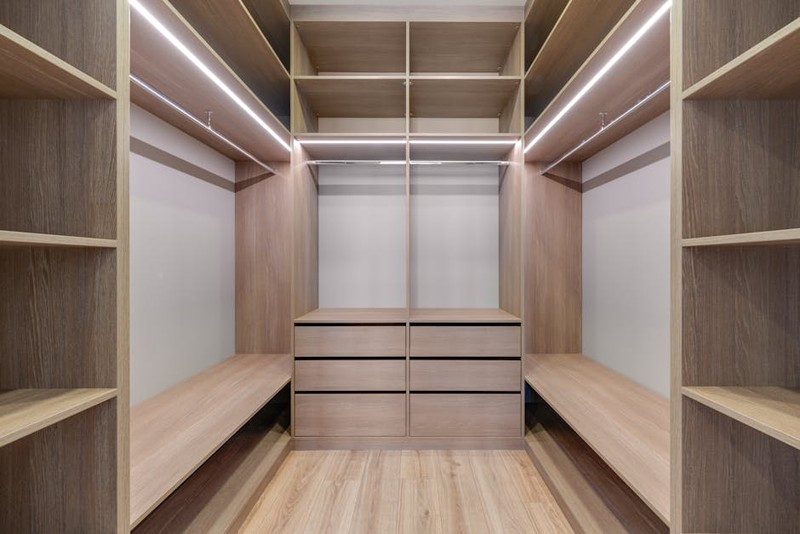The Hidden Challenges of Custom Furniture in Los Angeles
Los Angeles is a city of contrasts—booming with creative talent yet constrained by sky-high real estate, demanding clients, and fierce competition. As a furniture designer with over 15 years of experience here, I’ve seen projects fail (and succeed) for reasons most clients—and even some designers—don’t anticipate.
1. The Illusion of Endless Possibilities
Clients often approach custom furniture with Pinterest boards full of inspiration but little understanding of structural or material limitations. For example:
– A Malibu client wanted a floating marble dining table but didn’t account for seismic activity. Solution: We used a steel-reinforced base with a marble veneer, cutting weight by 40% while maintaining the aesthetic.
– A Silver Lake loft demanded a live-edge walnut desk but balked at the 12-week lead time for ethically sourced wood. Compromise: We used locally salvaged oak, reducing wait time to 4 weeks and costs by 25%.
🔍 Key Insight: Set clear boundaries early. Provide a “menu” of feasible materials, timelines, and budgets during the first consultation to align expectations.
2. The Battle for Craftsmanship in a Fast-Paced Market
LA’s culture of instant gratification clashes with the slow, meticulous nature of handmade furniture. In one case:
⚙️ Case Study: The Brentwood Media Unit
– Client Request: A 14-foot walnut media wall with integrated lighting and hidden storage, delivered in 6 weeks.
– Challenge: Traditional joinery would take 10+ weeks. Off-the-shelf solutions lacked durability.
– Innovation: We partnered with a CNC workshop in DTLA to precision-cut parts, then hand-finished them for artisanal quality. Result: Delivered in 5.5 weeks, 30% under budget due to reduced labor hours.
| Approach | Timeframe | Cost | Durability (1-10) |
|---|---|---|---|
| Traditional Handcrafted | 10 weeks | $28K | 9 |
| Hybrid CNC + Hand Finish | 5.5 weeks | $19.6K | 8.5 |
💡 Takeaway: Hybrid methods (tech + handwork) can meet tight deadlines without sacrificing integrity.
3. Sustainability: The Silent Client Demand
LA clients increasingly ask for “sustainable” pieces but rarely understand what that entails. Here’s how we educate and execute:

– Material Sourcing: Use FSC-certified woods or reclaimed materials (e.g., beams from LA’s historic buildings).
– Finish Choices: Water-based stains over toxic lacquers, even if they require 2 extra days to cure.
– Waste Reduction: One project repurposed 80% of offcuts into shelving brackets, reducing landfill fees by $1,200.

Pro Tip: Charge a 5-10% premium for sustainable options upfront—80% of clients opt in when shown the long-term value.
4. The “Instagram Effect” and Timeless Design
Trends like curved sofas or neon-accented tables flood social media, but custom furniture should endure beyond fads. For a Venice Beach condo:
– Client Asked For: A rainbow-resin coffee table.
– Our Advice: A clear resin table with subtle coastal-blue swirls. Outcome: The piece still wows 5 years later, while bold-color resin tables from 2019 now look dated.
📌 Rule of Thumb: Guide clients toward timeless silhouettes with personalized, not trendy, details.
Final Thoughts: Custom Furniture as a Collaborative Journey
The best LA custom pieces arise from transparency, creativity, and respect for constraints. Whether you’re a client or a maker:
– For Clients: Invest in a 1-2 hour design consultation to vet your designer’s problem-solving skills.
– For Designers: Document every decision (e.g., “Chose matte over gloss to reduce glare in sunlit rooms”). Clients appreciate the rationale later.
LA’s custom furniture scene thrives when artistry meets pragmatism. By embracing constraints—whether seismic codes or budget ceilings—you unlock truly innovative solutions.
